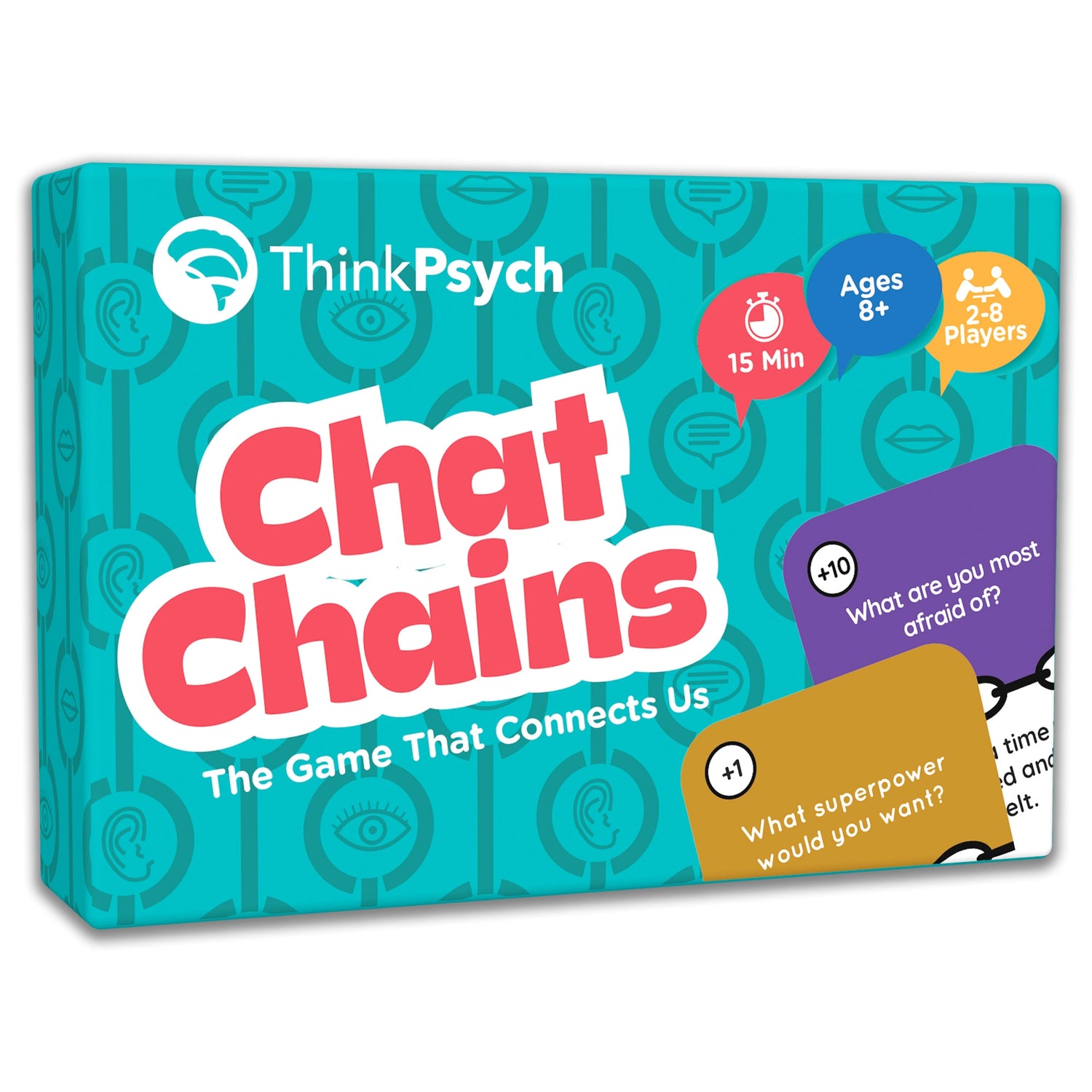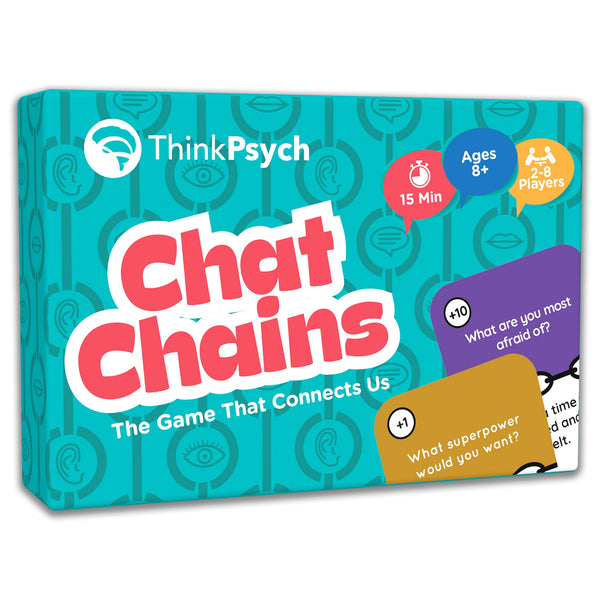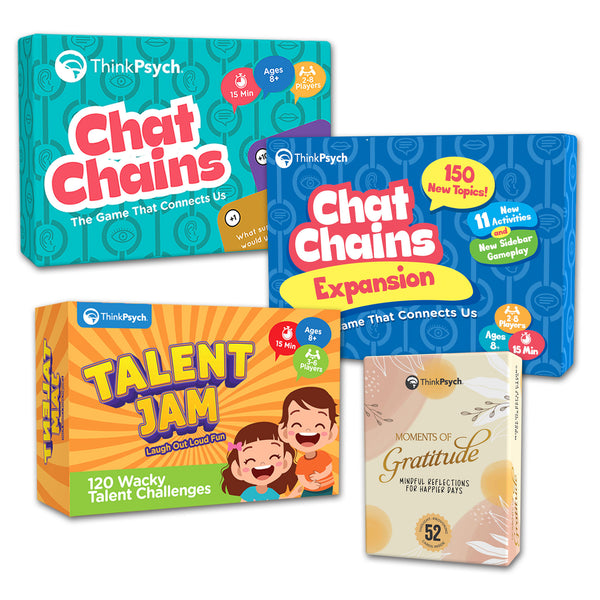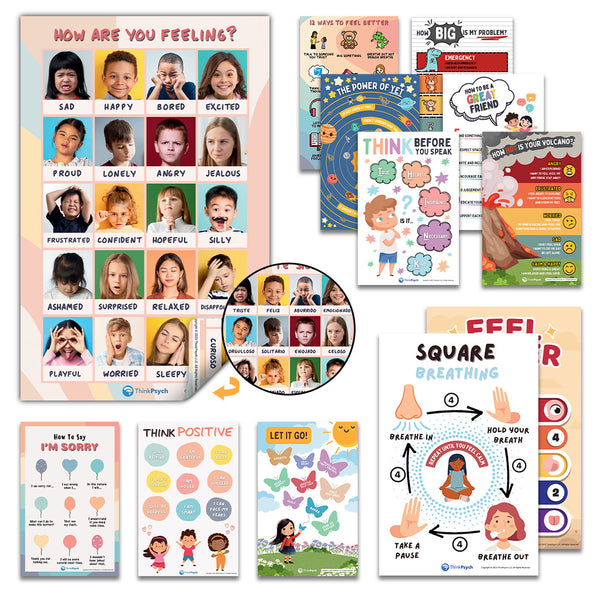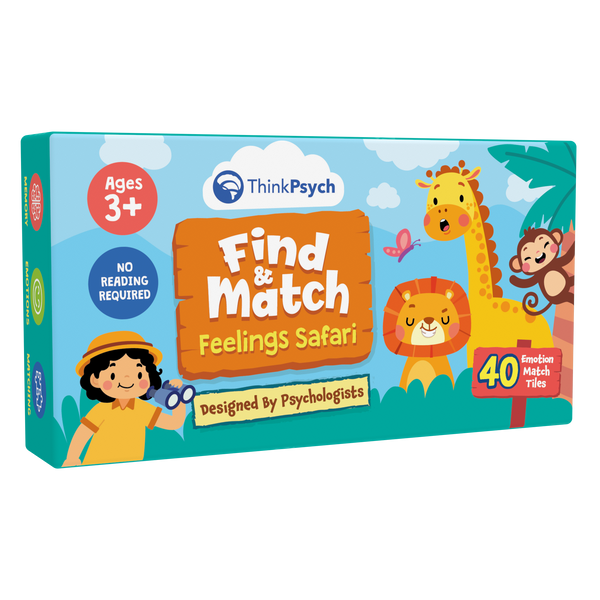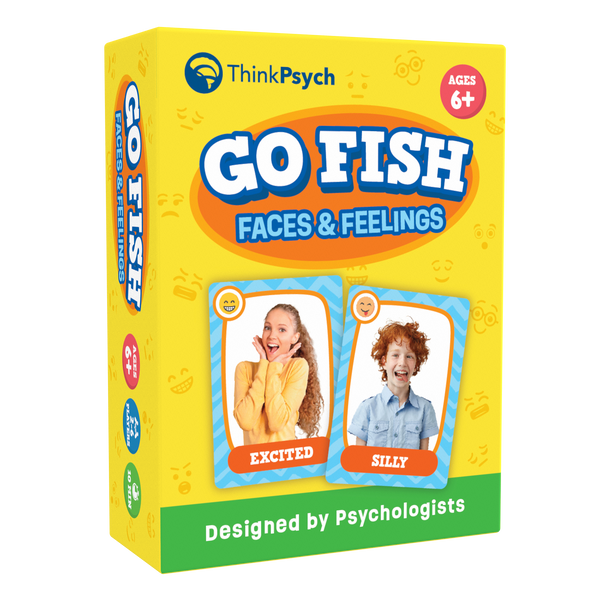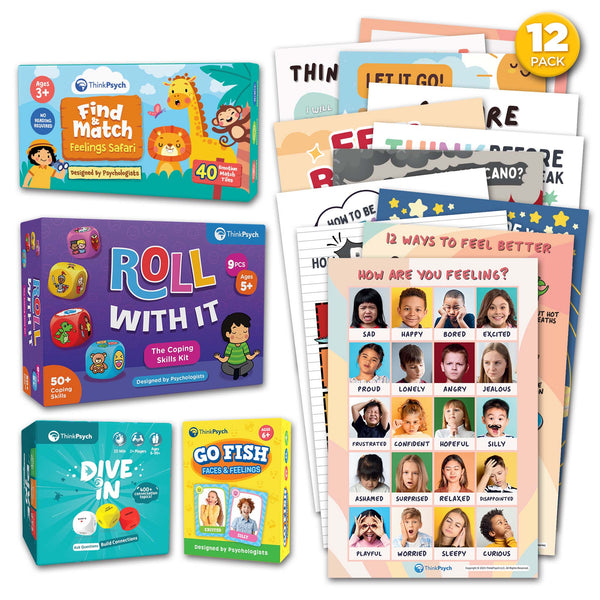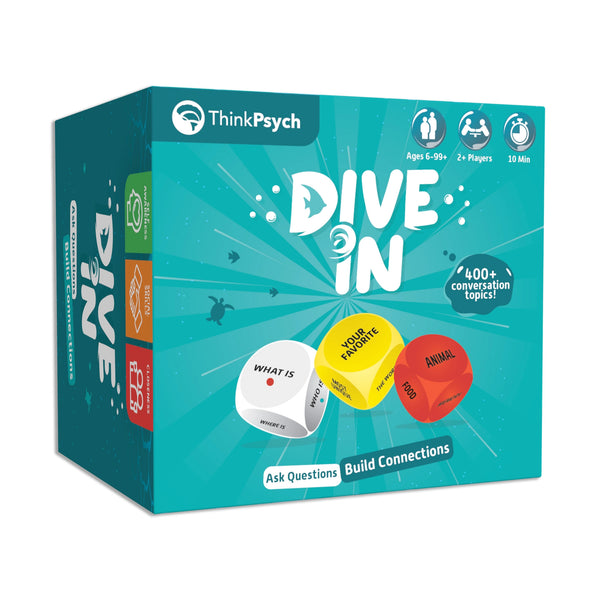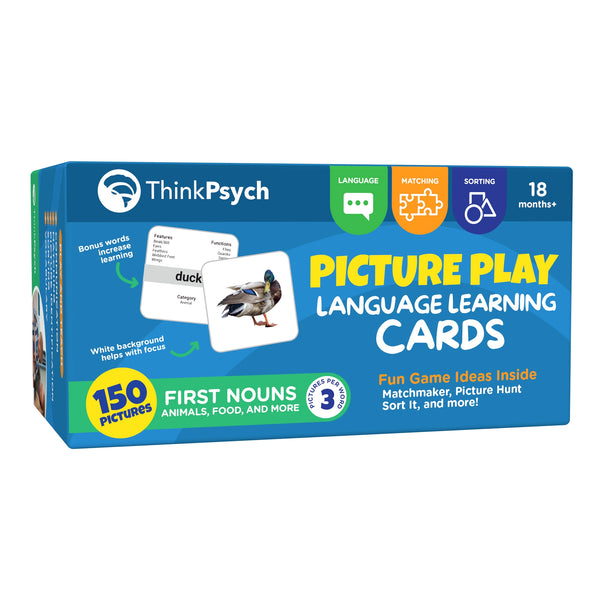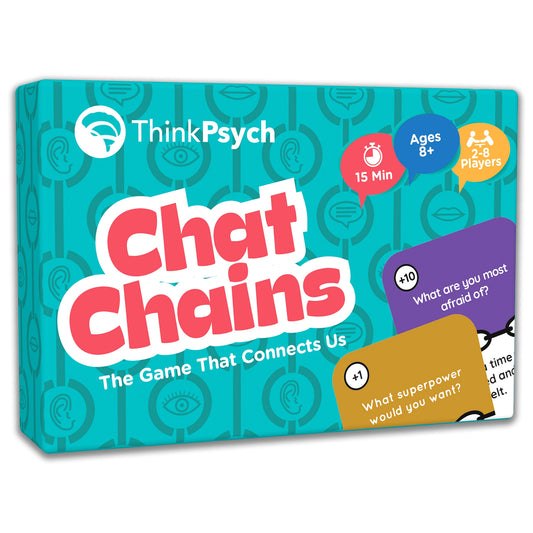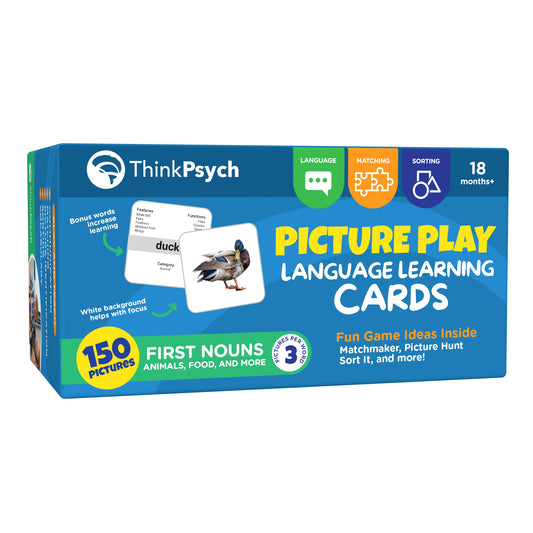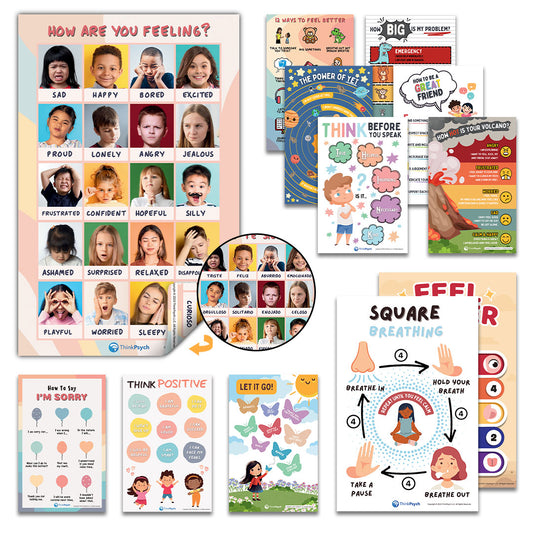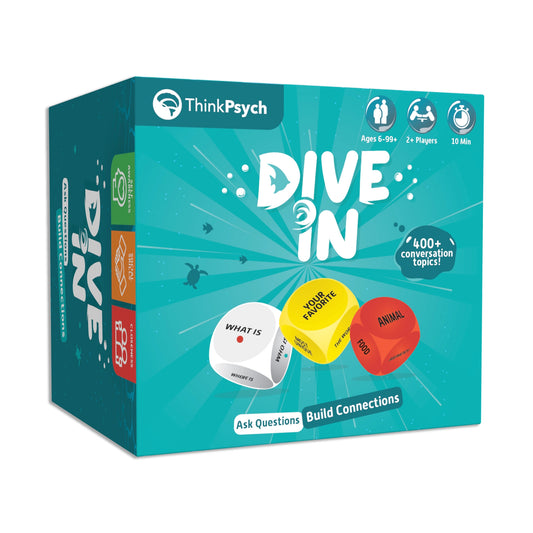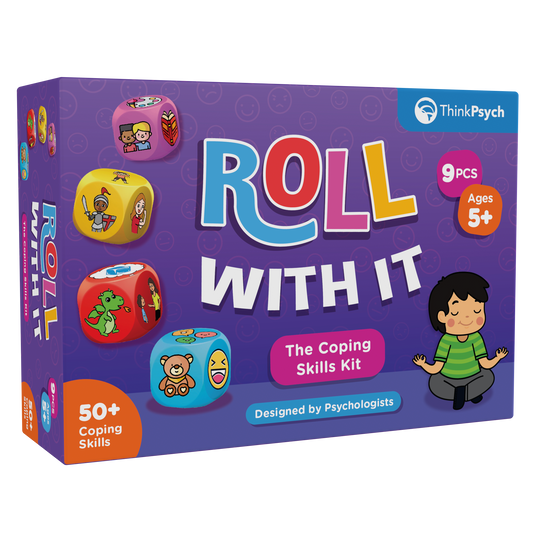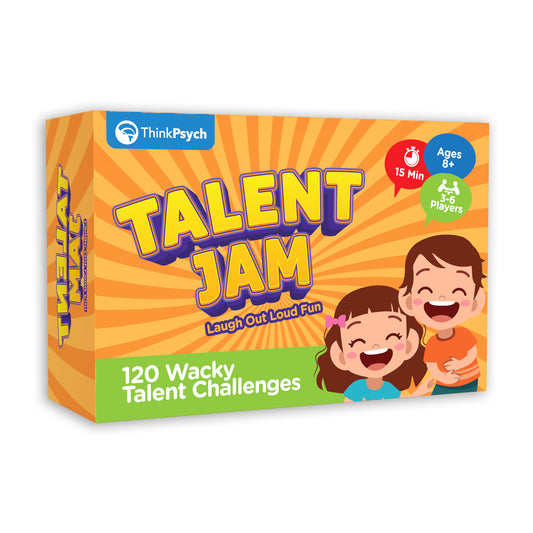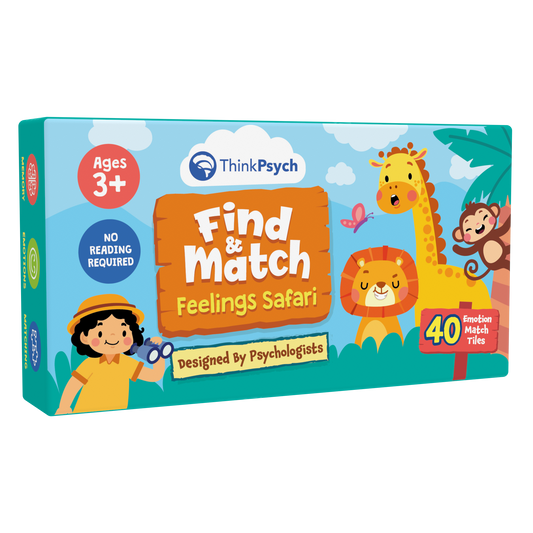
How Children Can Use STOP Technique to Manage Emotions
Share
Emotions and emotional development are an integral part of a young child’s life. Whether they’re feeling happy, sad or angry, learning to understand their emotions is part of what it means to function in the world.
Unfortunately, because children are just beginning to develop an understanding of themselves, emotions can sometimes be hard to process. According to the National Center for Health Statistics, 6% of children in 2019 were reported to be experiencing emotional or behavioral difficulties. That’s why the right coping mechanisms can be key to their well-being and where STOP technique comes in handy.
Whether your child is having temper tantrums or beginning to assess their emotions, being able to regulate how they feel is necessary. Learn more about STOP so your child will have the tools to develop emotional awareness in a positive, proactive way.
What Is the STOP Technique?
STOP technique is something that can be used to help your child regulate their emotions. Using the word STOP as an acronym, each step is used to reduce emotional lability so your child can manage their emotions instead of being overwhelmed by them.
S – S stands for ‘stop,’ which is a good tactic for taking a bit of a breather. When your child experiences something that makes them emotional, they should stop what they are doing immediately before proceeding with any action or expression.
T – Once your child has completed the ‘S’ action of stopping, they can proceed to ‘T,’ taking a deep breath. They should breathe in slowly through their nose, hold their breath for at least two seconds, and then breathe out slowly. This can help your child to feel grounded in the situation while still removing themselves from the emotion of the moment.
O – The internal work of STOP technique is utilized when your child reaches ‘O,’ which stands for observe. At this point, they will want to take note of their surroundings. They should also pay attention to any physical sensations, thoughts or feelings they have regarding the situation. This will enable them to decide what they should do next.
P – Once your child has taken the time to observe their feelings, they can move forward to ‘P.’ This is where your child will make a choice about how to proceed. The expectation is that being aware of how they feel will enable them to respond to the situation without acting out.
How Can You Encourage Your Child to Use STOP Technique?
The STOP technique for stress is effective in helping your child to better manage their emotions. However, simply getting them to a place where they can take a bit of a timeout can be more challenging. If your child is struggling with implementing STOP in their daily life, here are some tips for helping them succeed:
Teach Them Coping Strategies
There’s a pretty good chance that your child will not be able to stop themselves right from the get go. Children have powerful emotions and the feelings that go along with them, so it can take time to regulate them. If your child is unable to remove themselves from the moment, have them go to their room for a few minutes. They may also want to try holding a stuffed animal or listening to music, activities that can be soothing and help them to relax momentarily.
Do Some Strategizing
There are many times in life where succeeding is all about visualization. Fortunately, it’s no different when it comes to your child applying the principles of STOP technique. To help them determine some strategies when they get upset, have them write down what makes them angry. Once they know this, have them brainstorm some strategies they can use to react that are positive. They should also make note of strategies to avoid because they’re destructive, like screaming and yelling or throwing objects. Role playing also provides great practice opportunities.
Shop ThinkPsych Products
Be Open About Emotions
Having your child be aware of what they’re feeling in the moment is one of the most important aspects of STOP technique. After all, understanding what they’re feeling will be the first step in knowing how they can positively act. Whether you read books with your child or discuss your own emotions, be sure they can define their feelings. They may be ‘sad,’ ‘angry,’ or ‘disappointed,’ but it’s important for them to understand the difference.
Model Positive Behavior
It’s one thing to talk with your child about things they can do to manage their feelings. However, as a parent you’ll need to showcase that behavior so that they can learn from it. Be sure to use the STOP technique tools when you’re upset so your emotions don’t get the best of you. Whether you’re sick or you’re simply having a bad day, by taking time to think before you act your child will learn to do the same.
Encourage Positive Self-Talk
One of the first things that children do when they make a mistake is to engage in negative self-talk. Unfortunately, this will only make a bad situation worse. To encourage your child to deal with a situation when they’re frustrated, tell them to say something like ‘I know this is hard, but I’ll get through this.’ By engaging with their reason, they’ll be able to see themselves out of difficult situations in time.
Conclusion
We know that being a parent can be challenging, no matter what daily struggles your child is dealing with. But if your child is having trouble regulating their emotions, it can make even the smallest hurdles into situations that are difficult to overcome.
That’s why STOP technique can be an effective strategy for your child’s well-being. By learning to take a breather and develop awareness of what they’re feeling, they will be able to develop the tools to cope effectively.
If you’re interested in getting your child to open up about their emotions, you may want to try Chat Chains. As a fun exercise for families, it will get your kid talking and sharing so they will feel comfortable expressing themselves!
References
GROW Counseling. Emotion Regulation for Kids: The STOP Technique. https://growcounseling.com/emotion-regulation-for-kids/
ADDITUDE. Take a Deep Breath: Teaching Kids to Control Emotions. https://www.additudemag.com/emotional-control-for-kids/
Child Mind Institute. How Can We Help Kids With Self-Regulation? https://childmind.org/article/can-help-kids-self-regulation/
